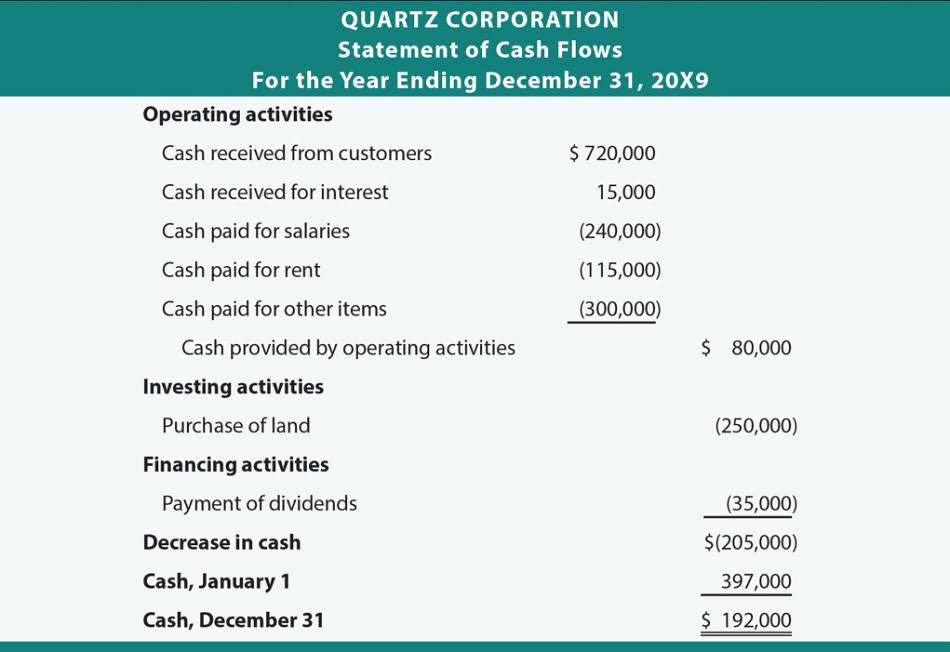
This publication contains general information only and Deloitte is not, by means of this publication, rendering accounting, business, financial, investment, legal, tax, or other professional advice or services. This publication is not a substitute for such professional advice or services, nor should it be used as a basis for any decision or action that may affect your business. Before making any decision or taking any action that may affect your business, you should consult a qualified professional advisor. Deloitte shall not be responsible for any loss sustained by any person who relies on this publication. The COVID-19 pandemic has presented insurance companies with several challenges, such as swiftly transitioning to a remote workforce and reassessing their financial goals and market strategies in a contracting economy.
In the United States, Deloitte refers to one or more of the US member firms of DTTL, their related entities that operate using the “Deloitte” name in the United States and their respective affiliates. Certain services may not be available to attest clients under the rules and regulations of public https://www.bookstime.com/articles/truckers-bookkeeping-services accounting. Download the full report to learn more about the expense allocation challenges each insurance subsector is facing, adding even greater complexity to their ability to allocate costs effectively. Therefore, your rates might be less if you’re a woman buying a final expense policy.
Liabilities and reserves
This expense is incurred for all insurance contracts, including property, liability, and medical insurance. Having correct insurance accounting principles in place is the first step to a more stable financial future. With these insurance accounting basics in your pocket, you’re better prepared to take on the financial responsibilities of running your insurance agency and upholding your duty to your policyholders. And if you find yourself in doubt, the team at FinancePal is here to help.
- Adjusting entries can also be prepared monthly, especially if the company needs updated monthly account balances.
- Companies must ensure that expenses are recorded accurately and are classified appropriately.
- So, if you originally put the repairs against a Repairs & Maintenance expense account, that is the account you will put the insurance proceeds against.
- When you are tracking accounts payable your insurance journal entry will be different to the ones shown further up this page.
- Medicare beneficiaries don’t have to pay their premiums directly with an HSA to get the benefit.
Therefore, compliance with regulatory requirements is essential to avoid penalties, loss of licenses, and financial loss. Presentation of Insurance Expenses on the Income Statement
Insurance expenses are typically presented on the income statement, which summarizes the revenues and expenses of a company over a period of time. Insurance expenses are recognized when they are incurred, which is typically when a policyholder files a claim and the insurance company begins to pay out benefits. Unearned premiums are the portion of the premium that corresponds to the unexpired part of the policy period. Premiums have not been fully “earned” by the insurance company until the policy expires. If a policy is canceled before it expires, part of the original premium payment must be returned to the policyholder.
Insurance Journal Entry
Impact on the Balance Sheet and Cash Flow Statement
In addition to the income statement, insurance expense accounting also impacts the balance sheet and cash flow statement. The balance sheet reports the assets, liabilities, and equity of the company at a specific point in time. Insurance expenses are classified as a liability because the insurance company has an obligation to pay out claims to policyholders. An insurance company’s annual financial statement is a lengthy and detailed document that shows all aspects of its business. An insurance company’s policyholders’ surplus—its assets minus its liabilities—serves as the company’s financial cushion against catastrophic losses and as a way to fund expansion. Regulators require insurers to have sufficient surplus to support the policies they issue.
The greater the risks assumed, and hence the greater the potential for claims against the policy, the higher the amount of policyholders’ surplus required. Accounting for premiums entails recognizing income from premiums, amortizing premiums over the policy term, and calculating and recognizing unearned premiums. Proper accounting for losses incurred by policyholders involves recording losses, recognizing reserves for potential losses, and estimating loss reserves accurately. Finally, administrative expenses should be recorded, categorized, and allocated to different insurance lines.
Supercharge your skills with Premium Templates
Real estate and mortgages make up a small fraction of a property/casualty company’s assets because they are relatively illiquid. Life insurance companies, whose liabilities are longer term commitments, have a greater portion of their investments in residential insurance expense accounting and commercial mortgages. Let’s assume that a company is started on December 1 and arranges for business insurance to begin on December 1. On December 1 the company pays the insurance company $12,000 for the insurance premiums covering one year.

For complete details, including availability and costs, please contact your local Aflac agent. Capital is the account used for showing how much personal money is used by the business owner to pay for business expenses. It can either be deposited into the business bank account and coded to Capital or presented by a journal like the one above. An insurance expense occurs after a small business signs up with an insurance provider to receive protection cover. The Securities and Exchange Commission (SEC) requires companies that file financial statements with them to follow GAAP or IFRS depending on whether they are U.S. issuers or foreign private issuers. Over time, the FASB has evaluated and to some extent aligned their standards with International Financial Reporting Standards (IFRS) through a joint project or have decided to in other cases to not align them.
